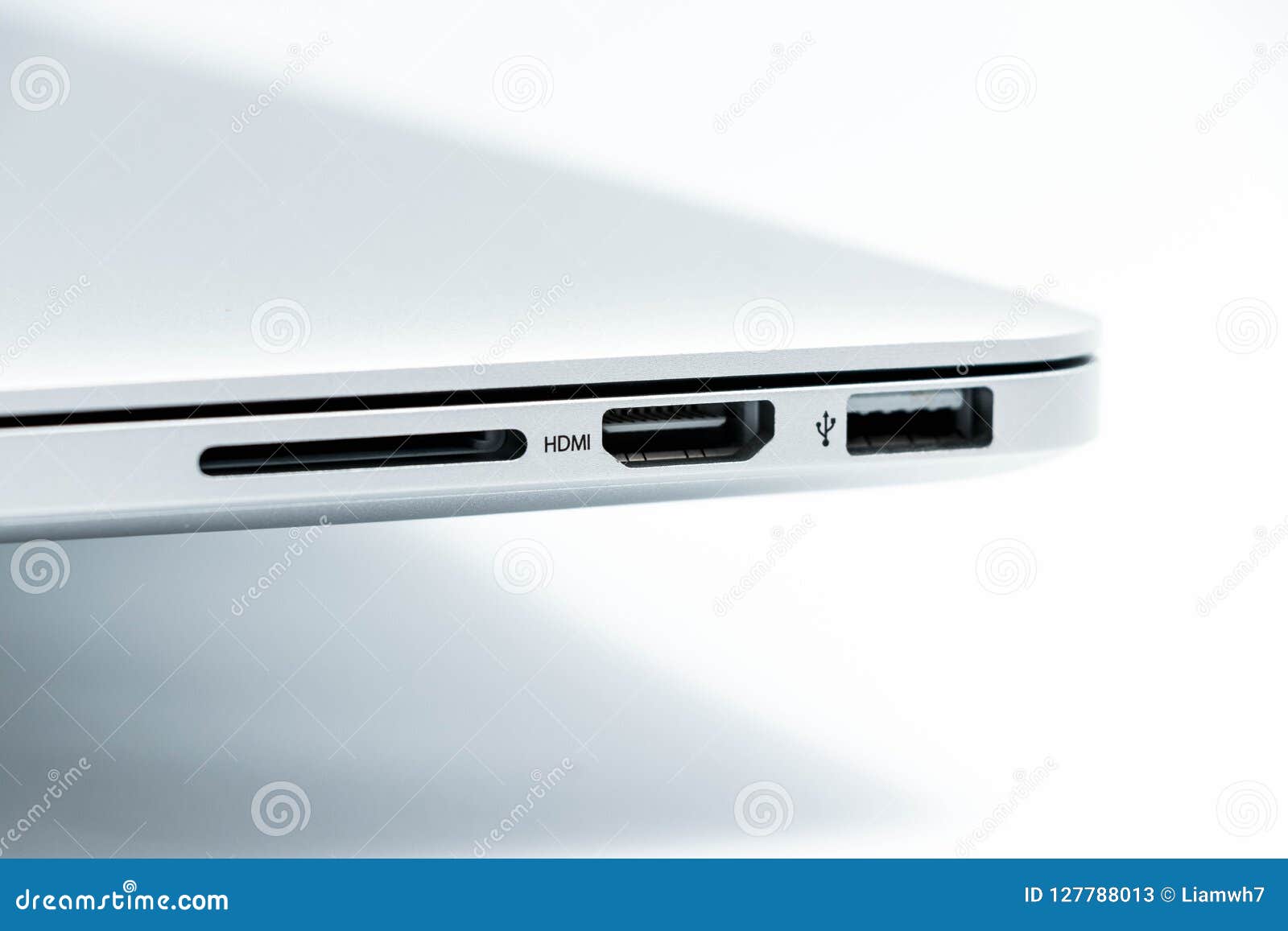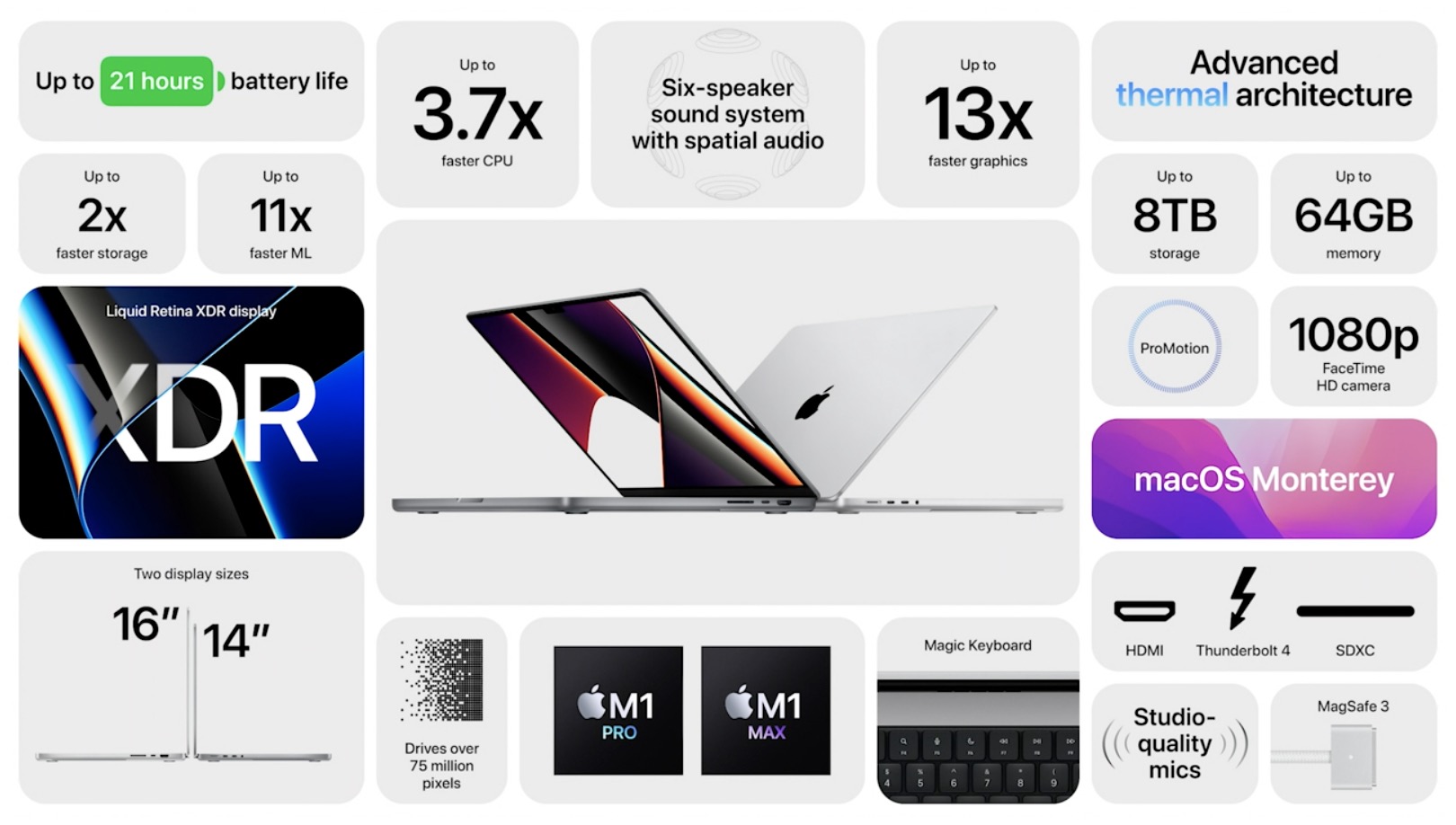

How often do you really need to plug something into your laptop in an age of Airdrop and Dropbox? But if that’s the case why even give consumers four of them on the MacBook Pro? Well, theoretically because the Pro is for “power users.”īut for all of the Final Cut X and Logic power users that will enjoy editing content on the highly-touted new Touch Bar, how many are ultimately creating that content using classic peripherals that won’t be updating to USB-C connections anytime soon? The argument for most users defending the single USB-C port on the new MacBook was one of frequency. That doesn’t make it any easier for consumers who have loads of devices-many made by Apple-that will now need a dongle to connect to their “professional” computer. This justification by way of superiority might sound a bit unsatisfying to MacBook buyers who had to hear this exact same reasoning when Apple wasted space on the Thunderbolt 2 ports that were ultimately only adopted by a few high-end peripherals, but this time around Apple isn’t the only one leading the USB-C/Thunderbolt 3 revolution so this will likely see a different outcome. This is an important note because while the MacBook Pro ports are compatible with both types, the regular MacBook only interfaces with USB-C. What Apple does have on its side here is that USB-C/Thunderbolt 3 are invariably the future thanks to their more compact design and faster transfer speeds. USB-C and Thunderbolt 3 are different connection standards with the same physical port. With this MacBook Pro, Apple still sees people needing all of these other ports (see slide below), they just don’t seem to care that consumers will need to buy a separate accessory in order to do so. Others, like losing the headphone jack on the new iPhone 7 or ditching the old USB on the new MacBook have created a bit more of an uproar among users that aren’t psyched about needing a dongle on-hand at all times to connect their device to things they need.īut even with the death of the headphone jack, Apple was making a broader declaration that it believed most headphone manufacturers would soon be adopting bluetooth and designing wireless headphones.

Most have made a lot of sense, generally when the company was retiring the proprietary standards that it was largely the only one pushing. Note: Ars Technica may earn compensation for sales from links on this post through affiliate programs.Complaining about Apple sacrificing existing consumer needs in terms of connection types is getting pretty tiring. This redesign also saw Apple reintroduce the SD card slot, which was omitted in the last major MacBook Pro redesign in 2016.

#Update mac pro hdmi port update
It just might cost more money to achieve, and the HDMI port might feel vestigial and useless to a lot of people in four or five years.īefore this week's update to the MacBook Pro line, Apple went several years without offering HDMI ports on MacBook Pro computers at all, instead using only Thunderbolt. So if you want to connect the new MacBook Pro to a high-end display, no one's stopping you. And the new MacBook Pro itself has a variable refresh rate screen that often refreshes at 120 Hz.

Of course, Hz is still achievable via the Thunderbolt port, and there are Thunderbolt-to-HDMI and Thunderbolt-to-DisplayPort adapters that will help users sidestep the issue. The limitation could become frustrating for a much broader range of users sometime in the lifetime of a new MacBook Pro purchased today. So while this is an edge-case problem for only certain users with ultra-high-end displays right now, that won't always be the case.


 0 kommentar(er)
0 kommentar(er)
